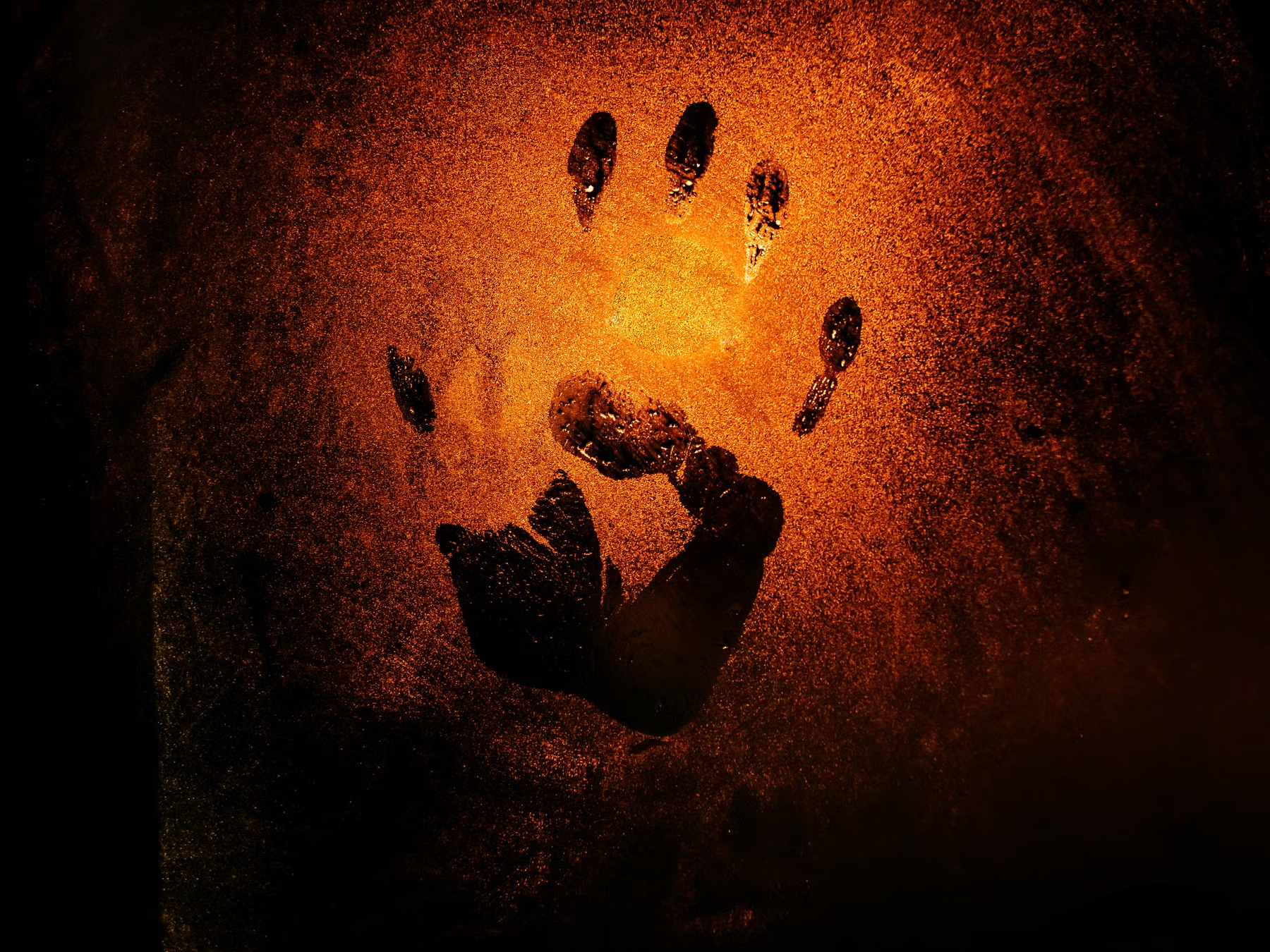During the excavations in Tavşanlı Mound, located in the central Turkish province of Kütahya, the remains of 4,200-year-old hazelnuts and marble idols were unearthed.
Dubbed the “Heart of Kütahya” over its shape detected through aerial footage, the Tavşanlı Mound, located in the namesake district, is being unearthed through the cooperation of the Ministry of Culture and Tourism and Bilecik Şeyh Edebali University (BŞEU), in the status of "President Decisive Excavation."
In the new period, excavations in the mound, which started two months ago under the direction of Erkan Fidan of the BŞEU Archeology Department, the remains of hazelnuts and marble idols became the latest findings unearthed at the layer dating back to 4,200 years ago.
Archaeologists evaluate findings as proof of a very close connection with Troy and Tavşanlı Mound during the Bronze Age.







